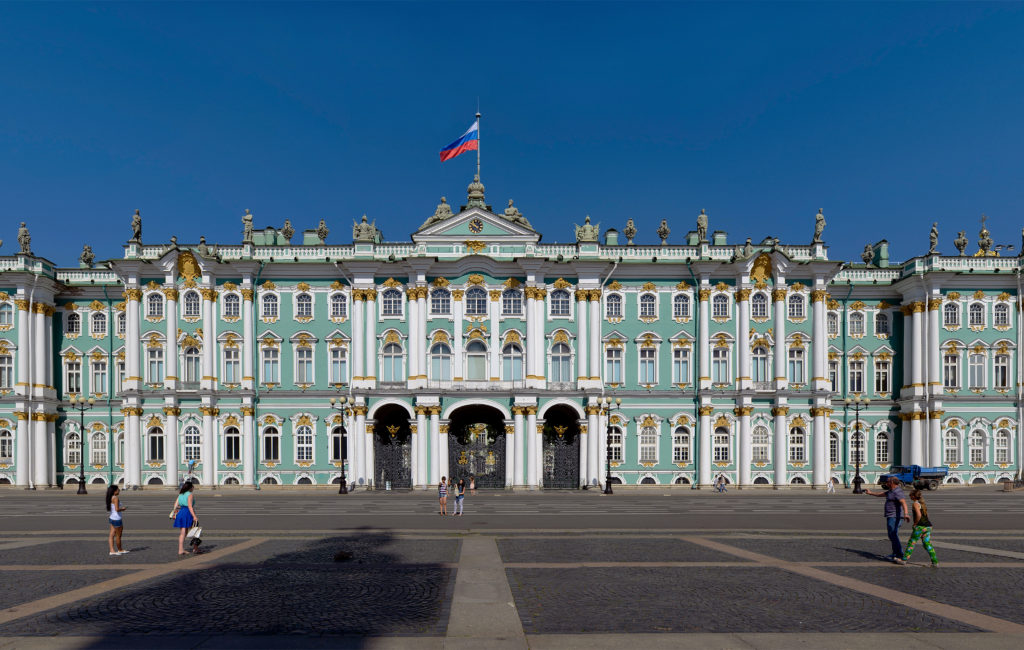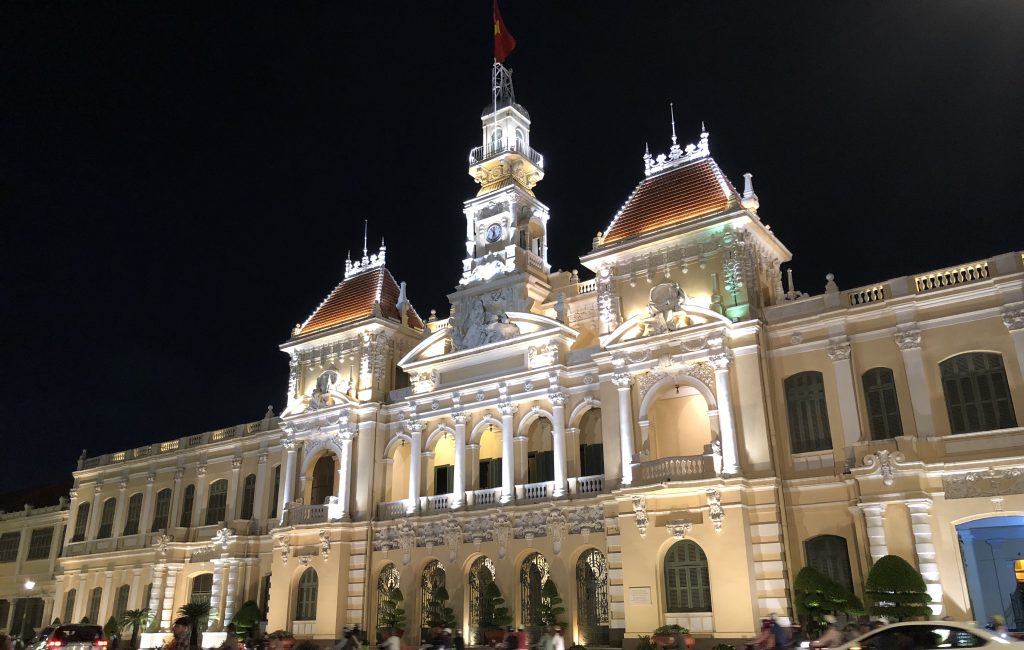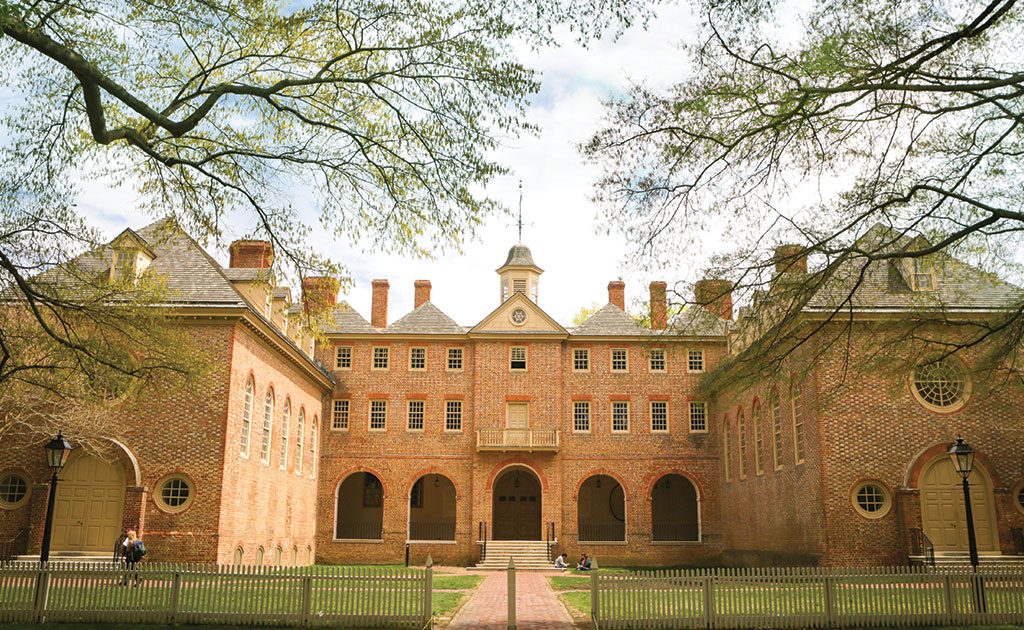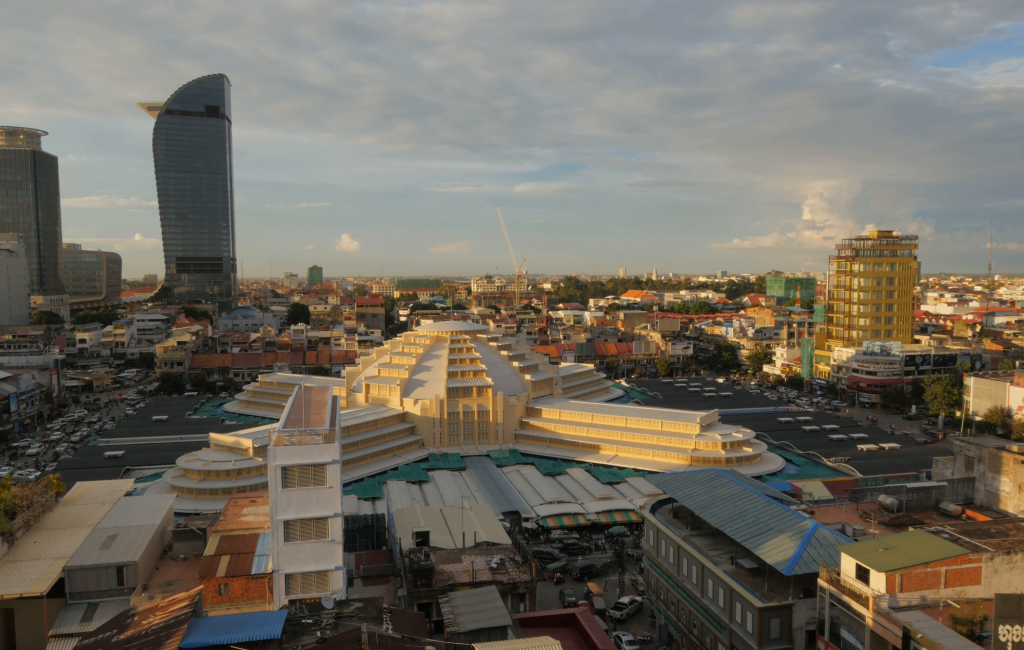
The FIFA World Cup brings together nations and people unlike any other event around the globe. During the month of June and July every four years, you might see an Australian and Peruvian or a Dane and a Brazilian enjoying their time together before or after a match. The tournament transcends race and culture, and people are united in celebrating the beautiful game.
Finally, the 2018 World Cup is upon us, taking place in Russia. Every country participating holds something special and unique to their culture, including architecture. I’ll be highlighting the best colonial structure from each of the 32 nations represented, and if the country does not have any, I’ll showcase the best historical and/or classical building.
Group A is the first in an eight part series, as Russia plays host to Saudi Arabia in the inaugural game in Moscow.
Russia – Winter Palace, St. Petersburg
The 1,500 room Winter Palace was home to royal families for almost 200 years before being overtaken in the Bolshevik Revolution. Although the original patron, Peter II, had the Baroque building constructed in 1712, its current form took shape during Catherine the Great’s reign.

Saudi Arabia – The Great Mosque, Mecca

The Great Mosque of Mecca, al-Masjid al-Haram in Arabic, is the not only the largest mosque in the world, it’s the holiest site in Islam. The Kabba, or black cube, is the centerpiece for all that is constructed around it – the courtyard, multi level balconies of Islamic arches, minarets, etc. Many improvements have taken place over the years, none perhaps greater than the Ottoman Empire’s in the 16th century, with the oldest parts of the mosque dating back to that period.
Egypt – Egyptian Museum, Cairo

The reddish neoclassical structure in the center of Cairo stands out among the others, and inside this museum is 120,000 Egyptian artifacts, including the 11KG solid gold mask of Tutankhamun.
Uruguay – Basilica of the Holy Sacrament, Colonia del Sacramento

The Basilica of the Holy Sacrament is located in Colonia del Sacramento, and first constructed in 1680 with straw and mud, making it the oldest church in Uruguay. It’s architecturally simple, but the church, along with the town, maintain significance in Uruguay and around the globe. Colonia del Sacramento, still with cobblestone streets and original colonial structures, was designated as a UNESCO World Heritage Site in 1995.
Note: Buildings are judged on 1. Historical significance, 2. Architectural design, 3. Importance to community, and 4. Impression and aura. Think I missed one? Let me know in the comments!
Latest posts by Doug Chesney (see all)
- 48 Hours in Ho Chi Minh City, Vietnam - November 9, 2018
- The Nine Colonial Colleges - October 3, 2018
- Top 10 Colonial Buildings in Phnom Penh - September 12, 2018



